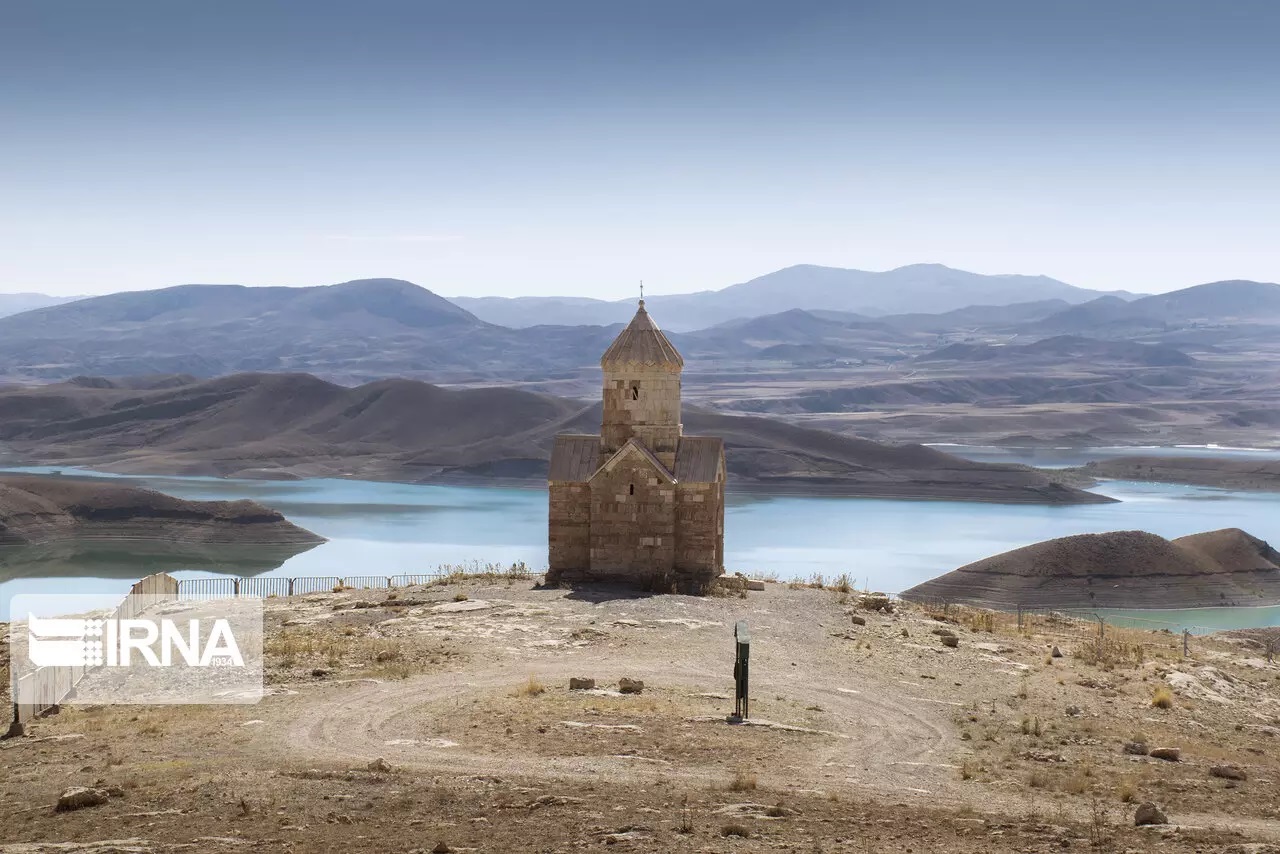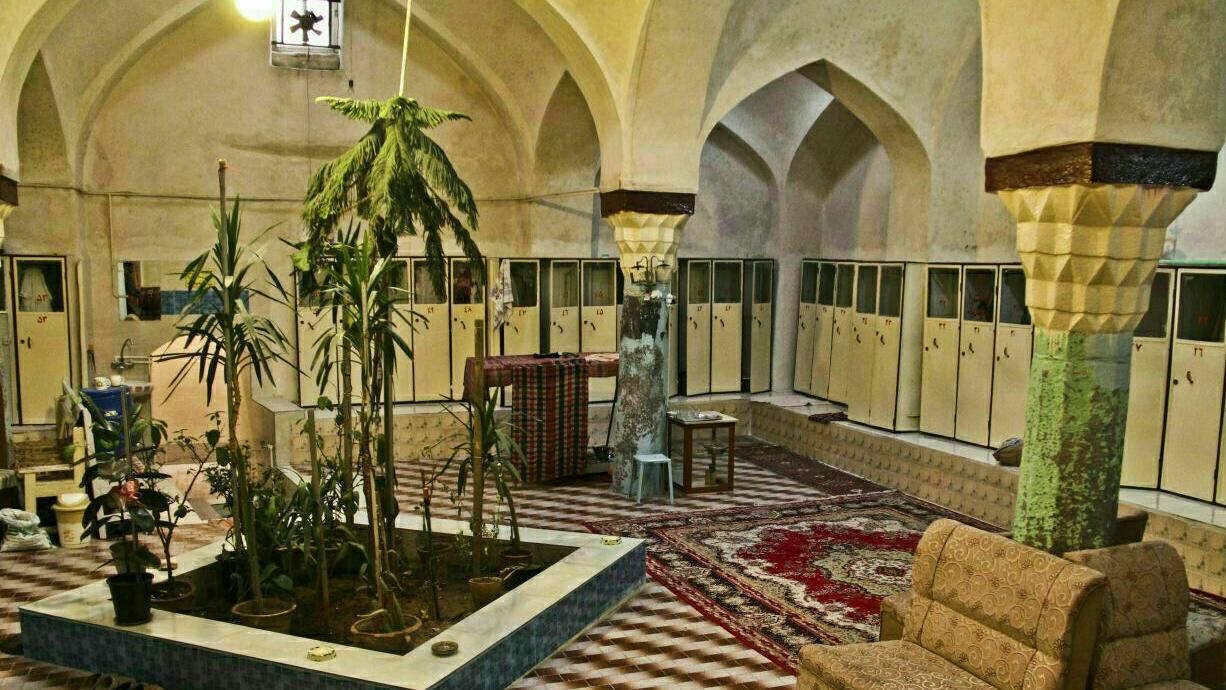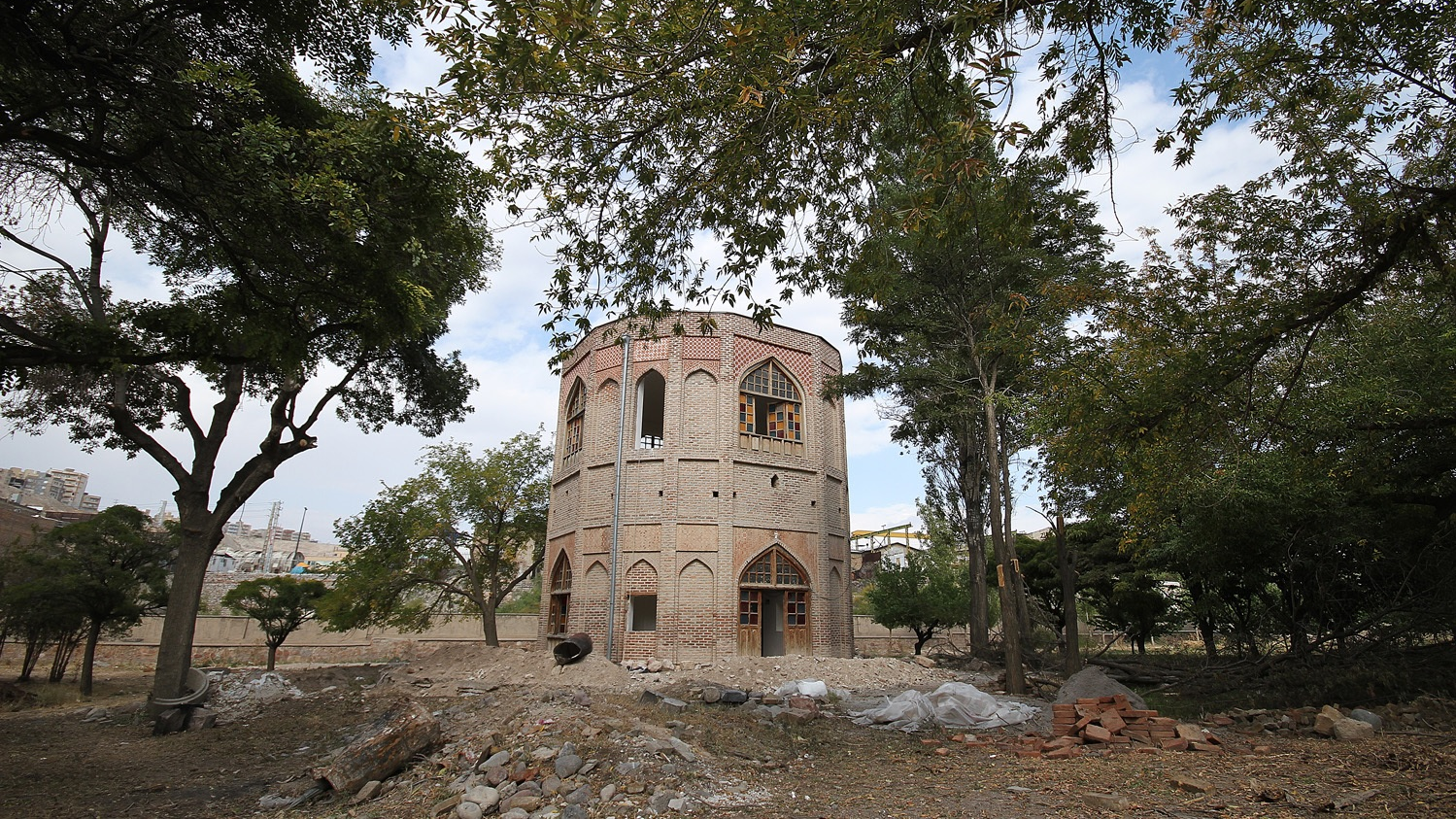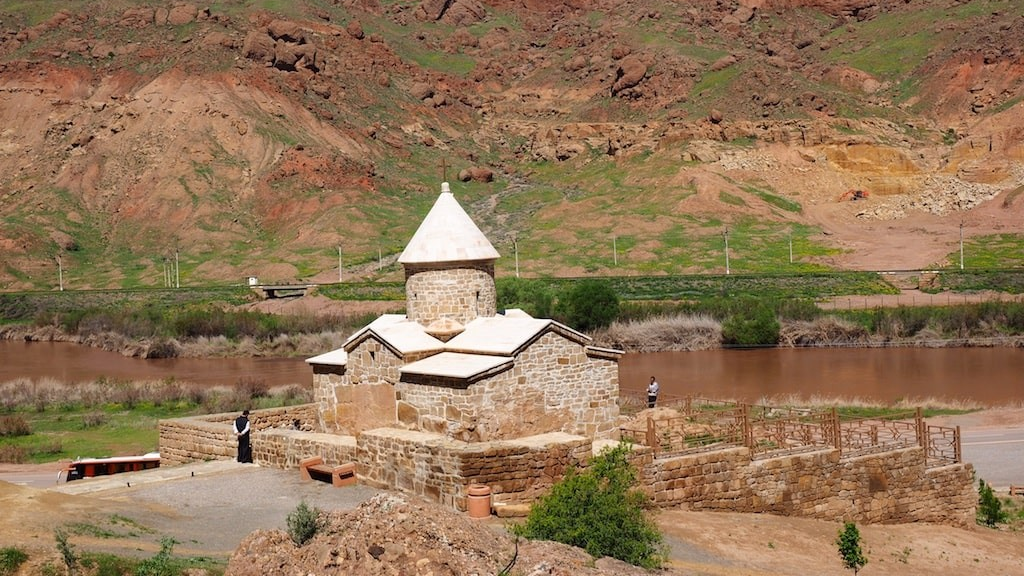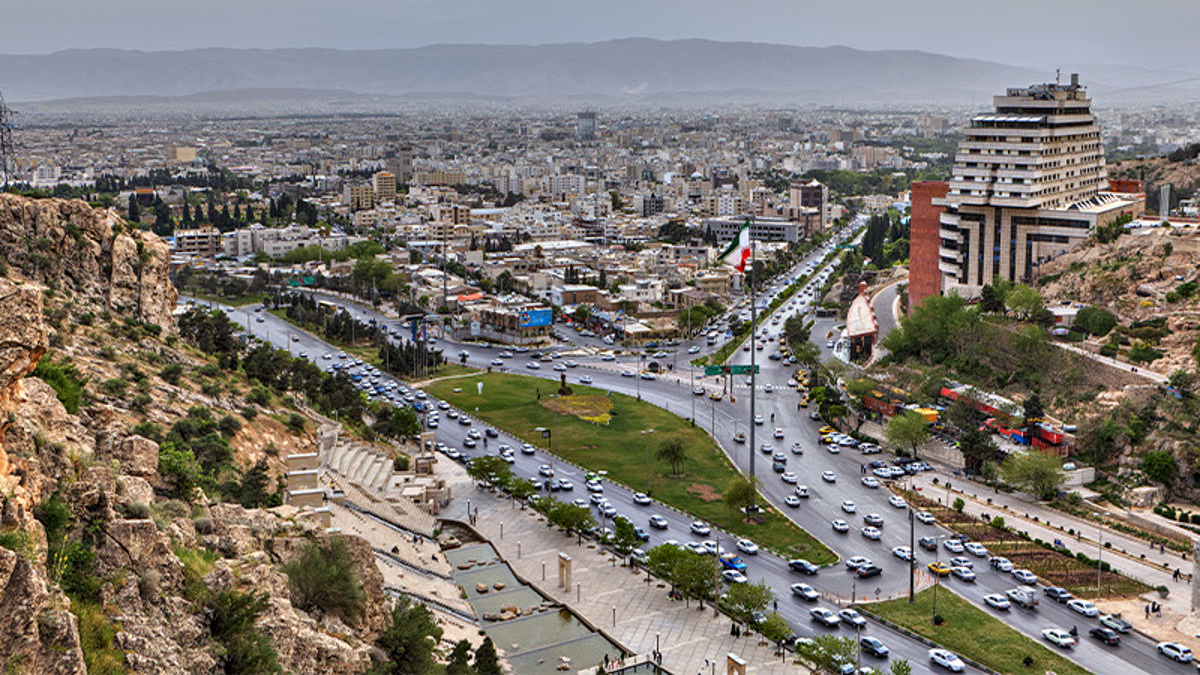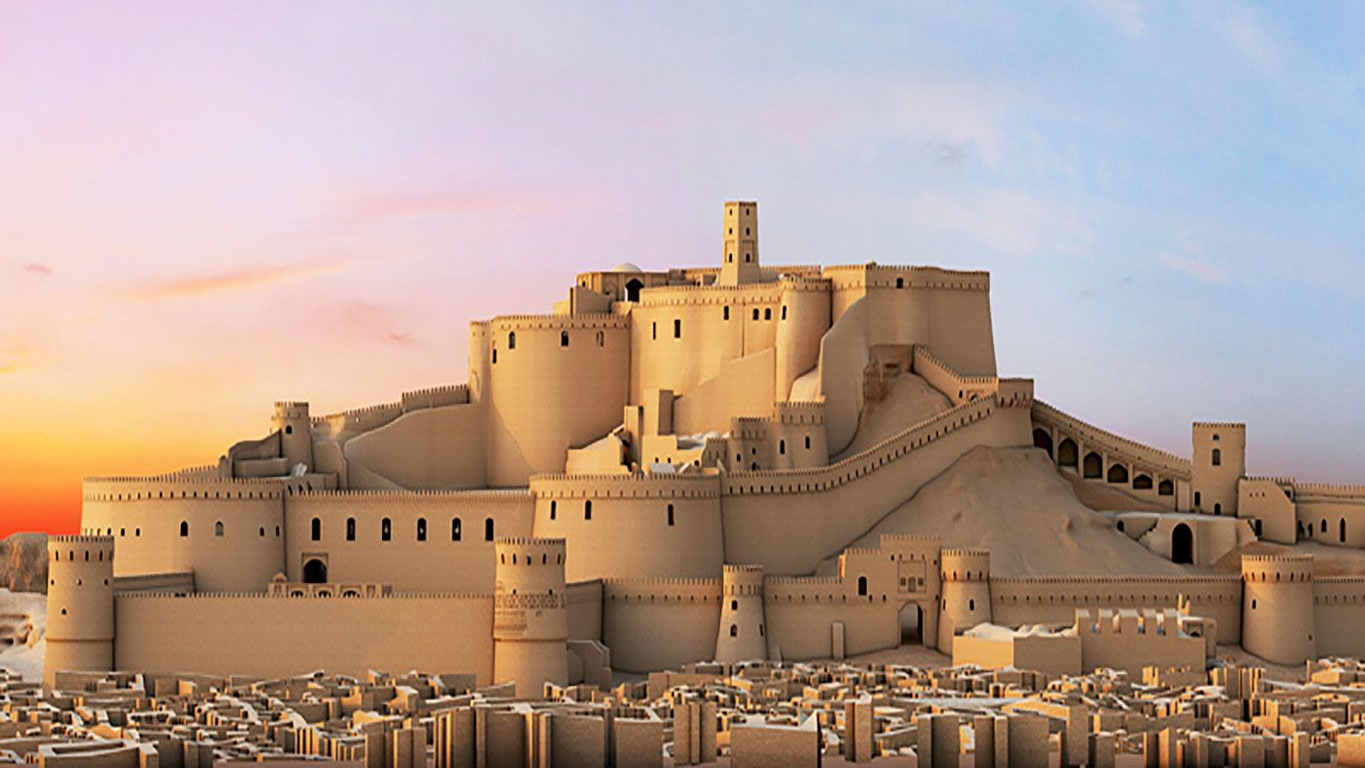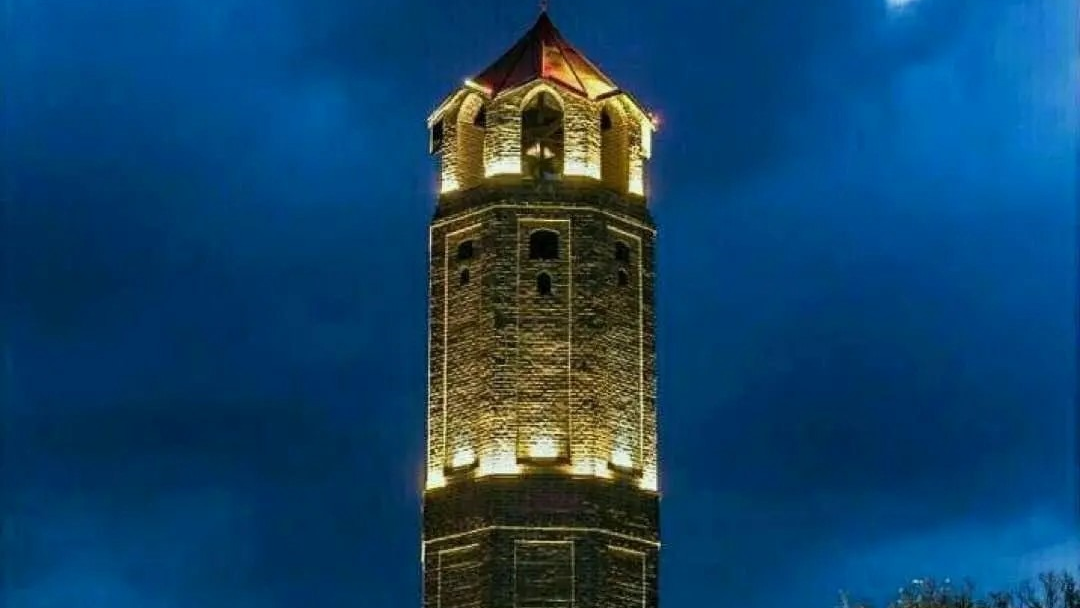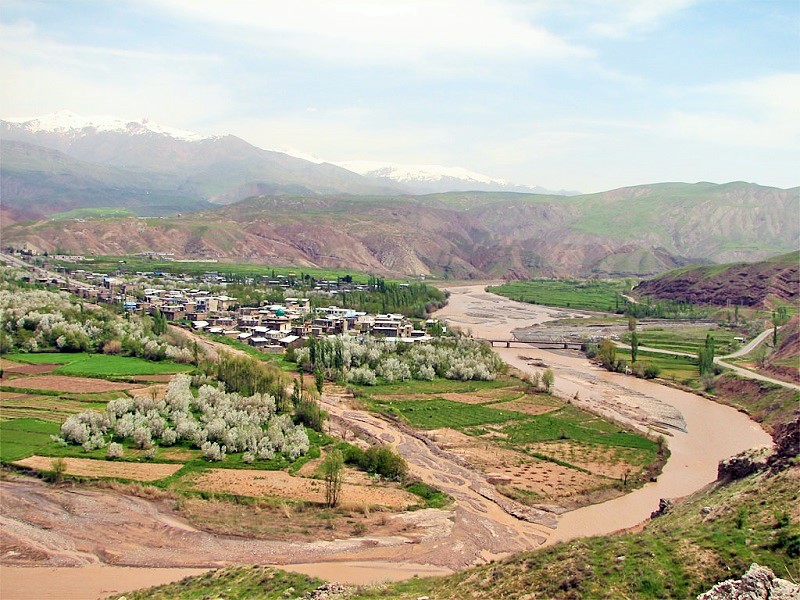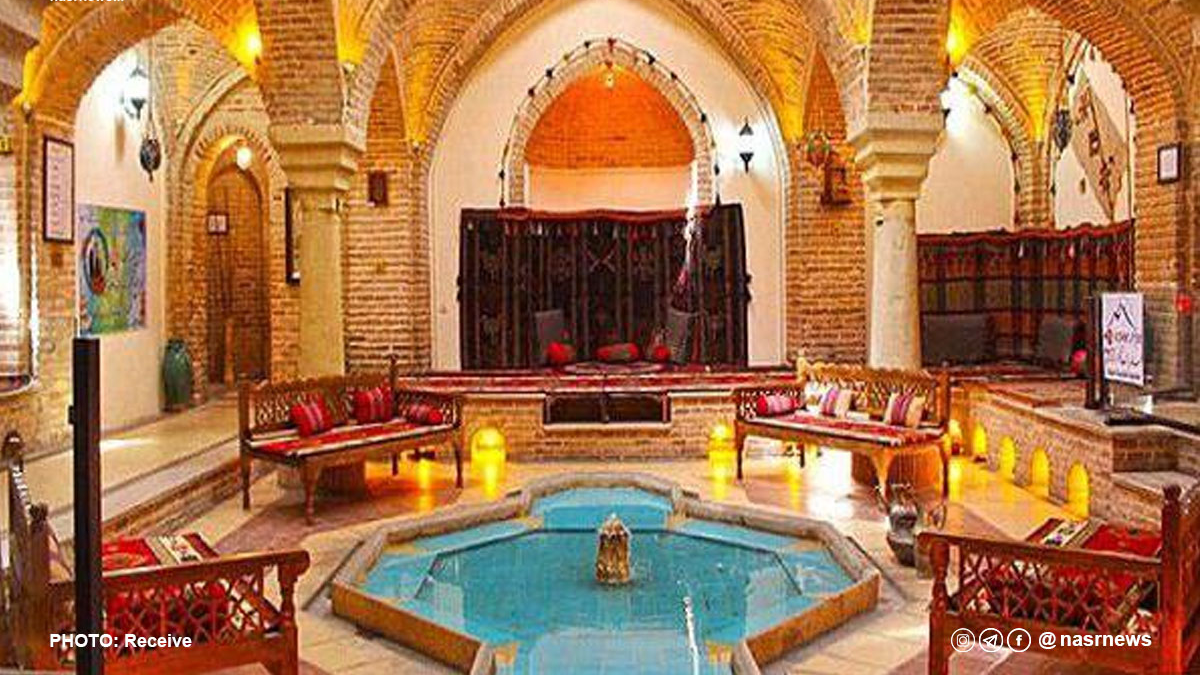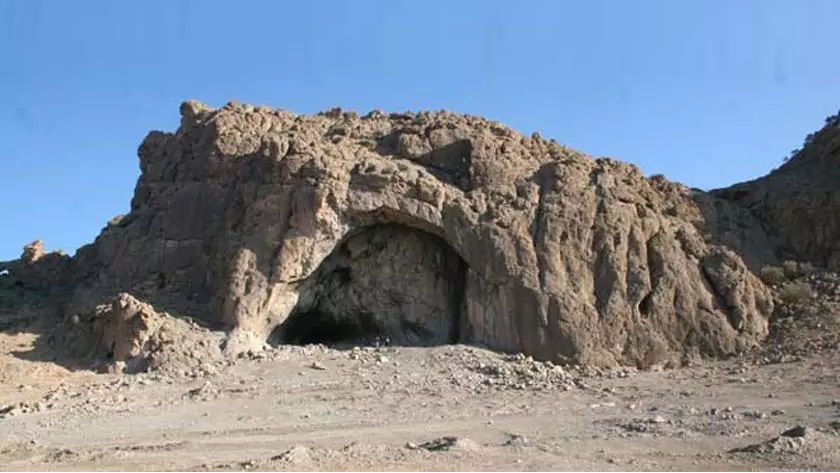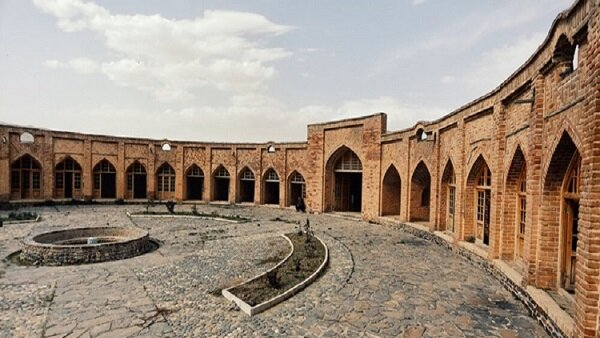
Sa’di’s Mausoleum
Sa’di was one of the greatest Iranian poets who was born in Shiraz sometime after Hafez, another great and renowned Iranian poet. These two great poets have immensely contributed to the popularity of the Persian language and literature in the world. Sa’di was born in 1210 CE and passed away in Shiraz at the age of 80 or 81. Today, Sa’di’s tomb in Shiraz is known as one of the national monuments of Iran and a place tourist attraction, and every year a large crowd comes there to pay tribute to this great poet.
Who was Sa’di?
Abu Mohammad Mosleh al-Din ibn Abdullah ibn Musharraf, popularly known as “Sa’di” was an Iranian Persian-speaking poet and writer who has been given the nickname “Ostad-e Sokhan” (lit. master of words) and whose works are replete with ethical and social themes. Many of Sa’di’s sayings are used as proverbs in the daily conversations of Iranian people.
Sa’di spent many years of his life in different regions such as Anatolia, Egypt, Syria, Iraq, India, Central Asia, and Hijaz but eventually returned to his hometown (Shiraz) after 30 years and was welcomed warmly by the people of this city.
It is said that since Sa’di could not remain silent about the existing chaotic situation and the incompetence of the rulers of his time, he left Shiraz during his youth to gain knowledge and to ensure his safety.
Sa’di’s Literary Works
Sa’di’s mastery of using the subtleties of the Persian language was unique. He is known as a poet whose poems are so fluent and understandable that everyone thinks they can compose poems like him. However, the themes and meanings of Sa’di’s poems have proved to make it impossible to imitate him.
The two books “Bustan” and “Golestan” - the first written in poetry and the second in melodious prose - are known as his two great works. In these books, Sa’di expresses very beautiful ethical and educational points by telling fascinating and unique anecdotes, many of which are his personal experiences of his travels.
The Architecture of Sa’di’s Mausoleum
Sa’di passed away in Shiraz in 1291 or 1292 AD and was buried in a village that was outside the city of Shiraz at that time. However, with the expansion of the urban area of Shiraz, his mausoleum, popularly known as “Sa’diyeh” is now located in the northeast of Shiraz, near Delgosha Garden.
The existing mausoleum was built by Karim Khan Zand in the early 18th century, the founder of the Zand dynasty who made Shiraz his capital. It is a polygonal building with a dome standing out above it. Due to the use of colorful Shirazi tiles decorated with images of trees, this building may look like two separate squares from a distance. Sa’di’s tombstone, located under the beautiful roof of the mausoleum, is engraved with his poems.
Sa’diyeh was renovated in the 1930s AD, some parts were added to it, and it was connected to the tomb of Shourideh Shirazi, another poet of this city, who had passed away in 1926. The New building of the mausoleum was designed by Mohsen Foroughi, a professor of architecture at the University of Tehran.
The Surrounding Areas of Sa’diyeh
Sa’diyeh is located in a garden filled with several cypress trees. A staircase in a part of the yard leads to the basement where a fish pond, which has been there from the time of Sa’di.
Sa’diyeh was inscribed in the list of Iran’s national heritage in 1975.
The existing mausoleum was built by Karim Khan Zand in the early 18th century, the founder of the Zand dynasty who made Shiraz his capital.
| Name | Sa’di’s Mausoleum |
| Country | Iran |
| State | Fars |
| City | Shiraz |
| Type | Historical |
| Registration | National |

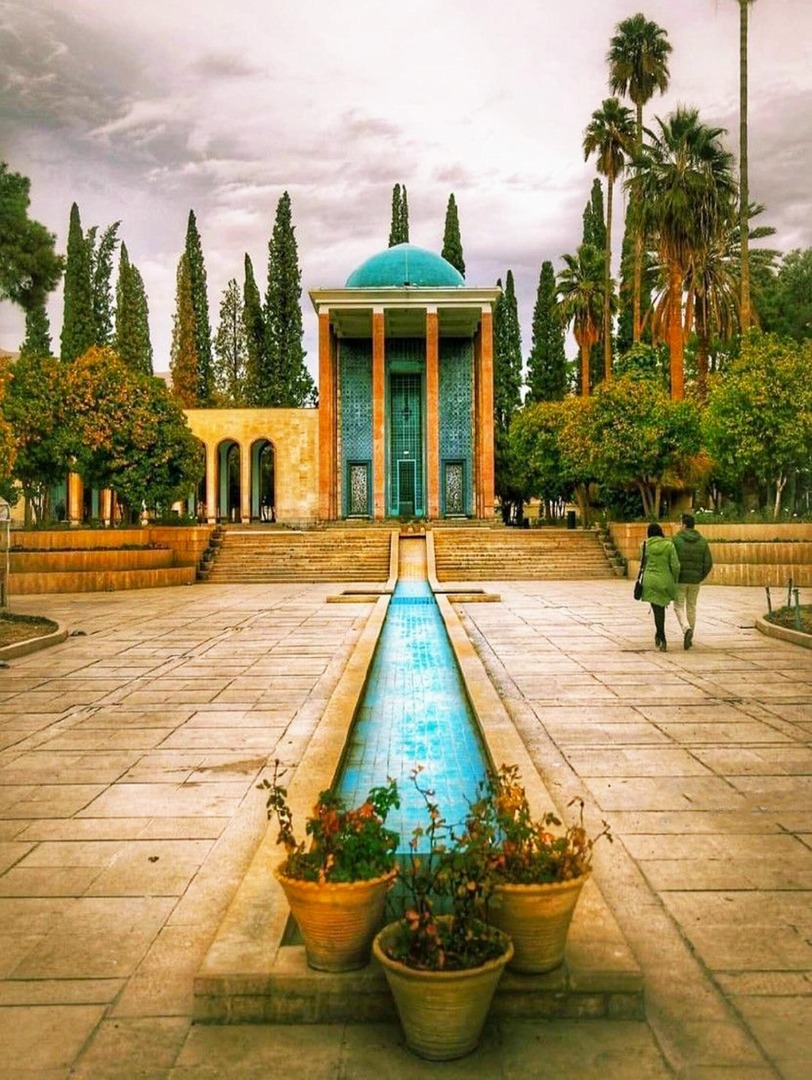


Choose blindless
Red blindless Green blindless Blue blindless Red hard to see Green hard to see Blue hard to see Monochrome Special MonochromeFont size change:
Change word spacing:
Change line height:
Change mouse type:
